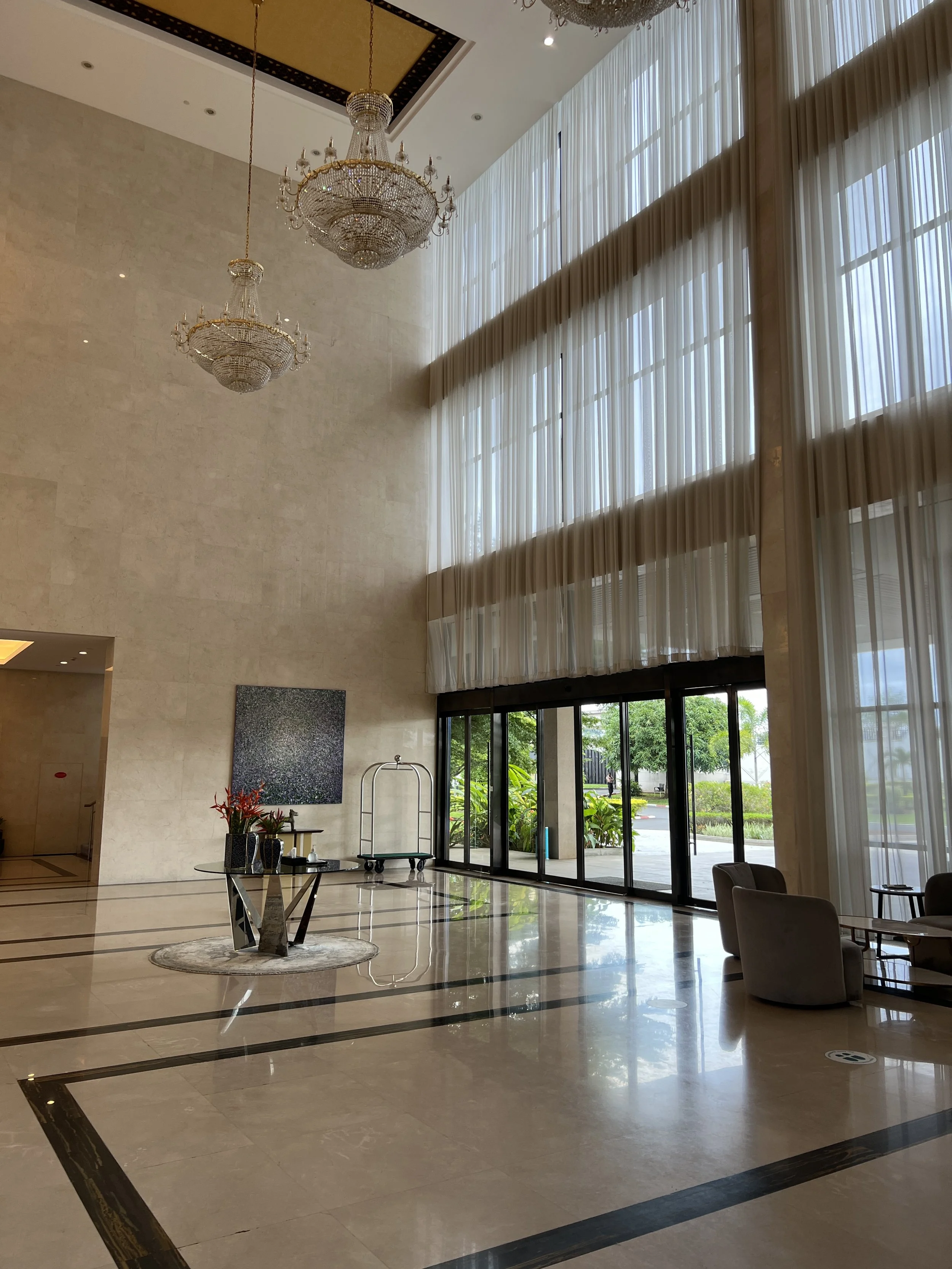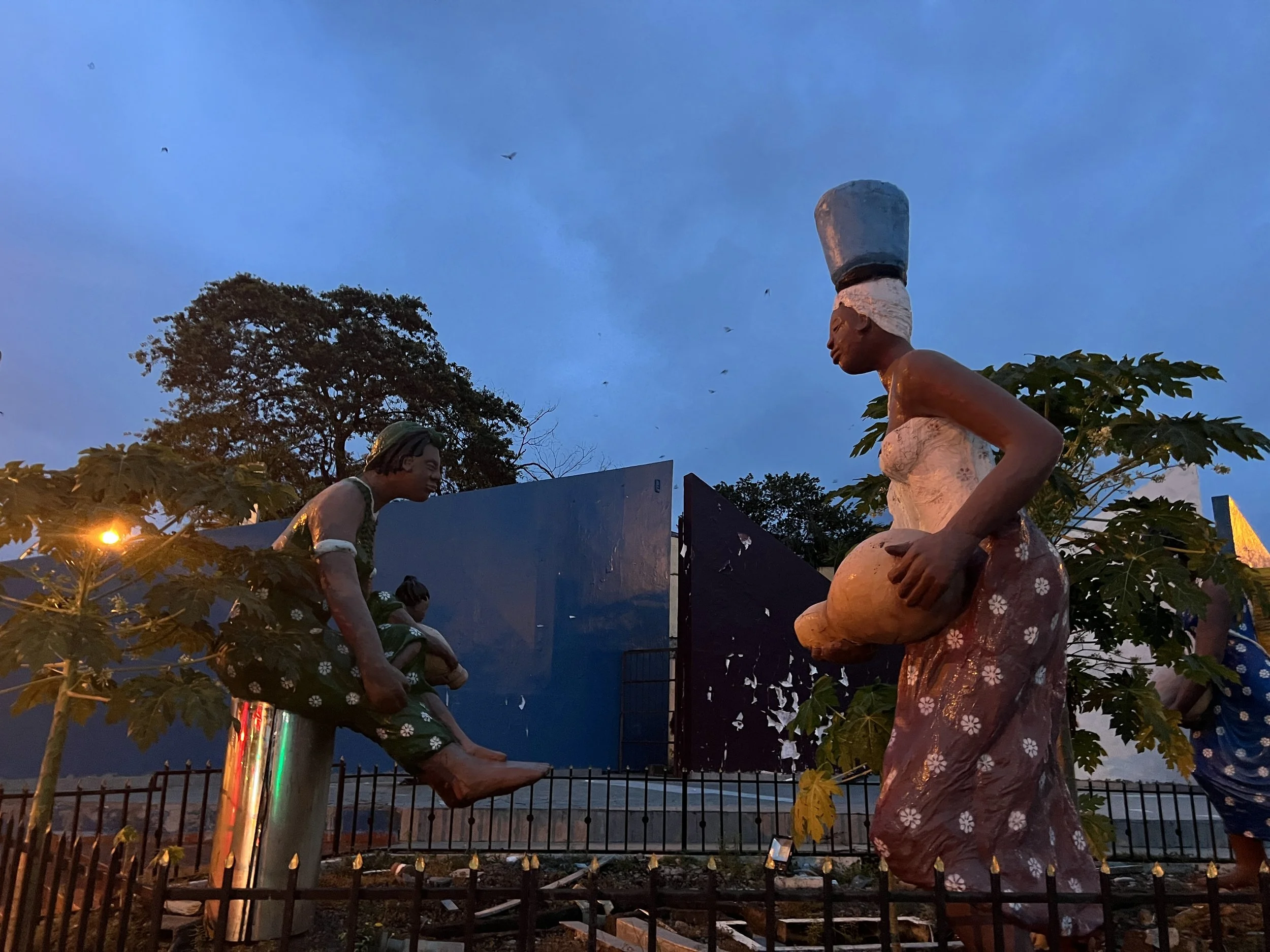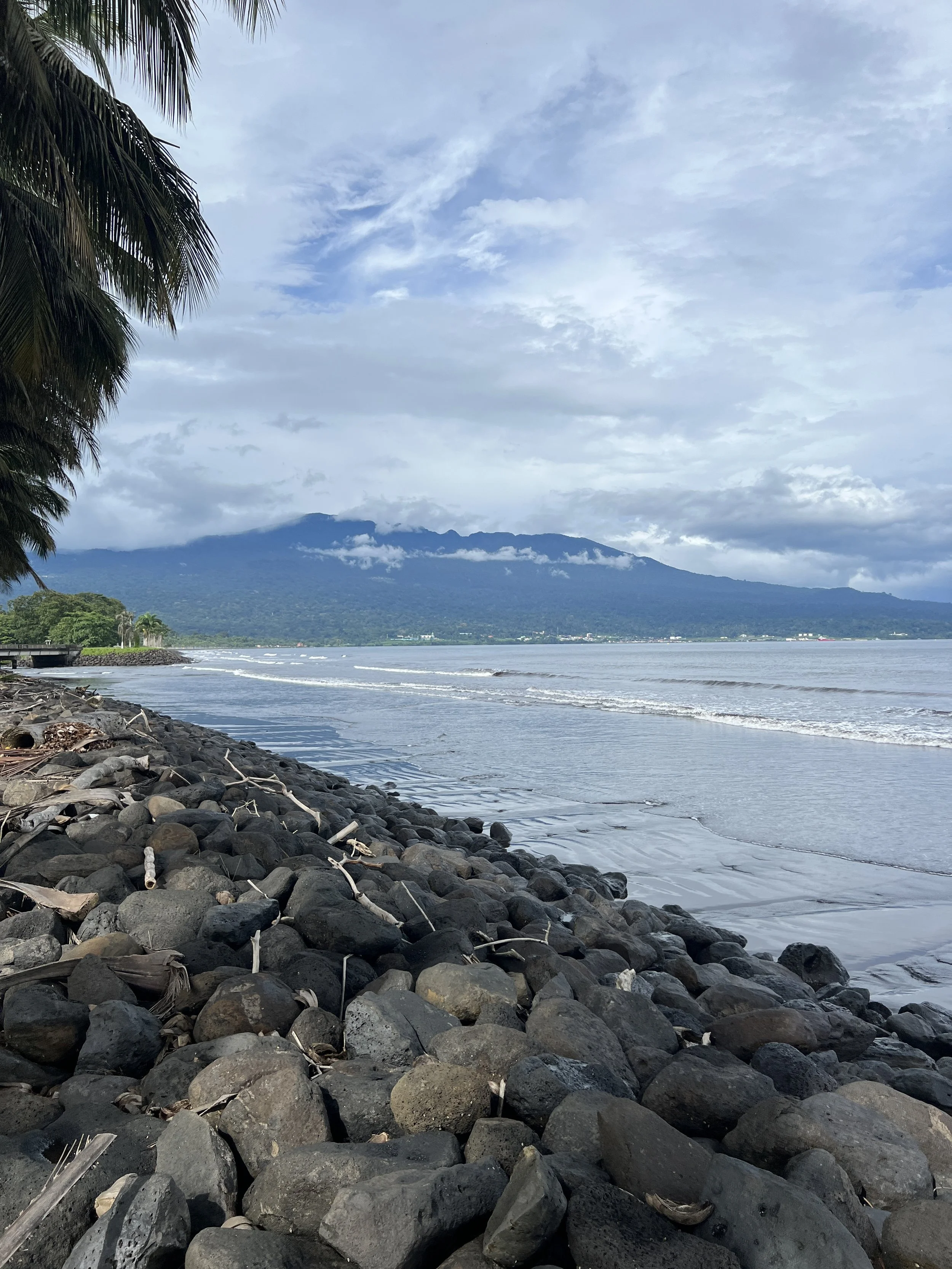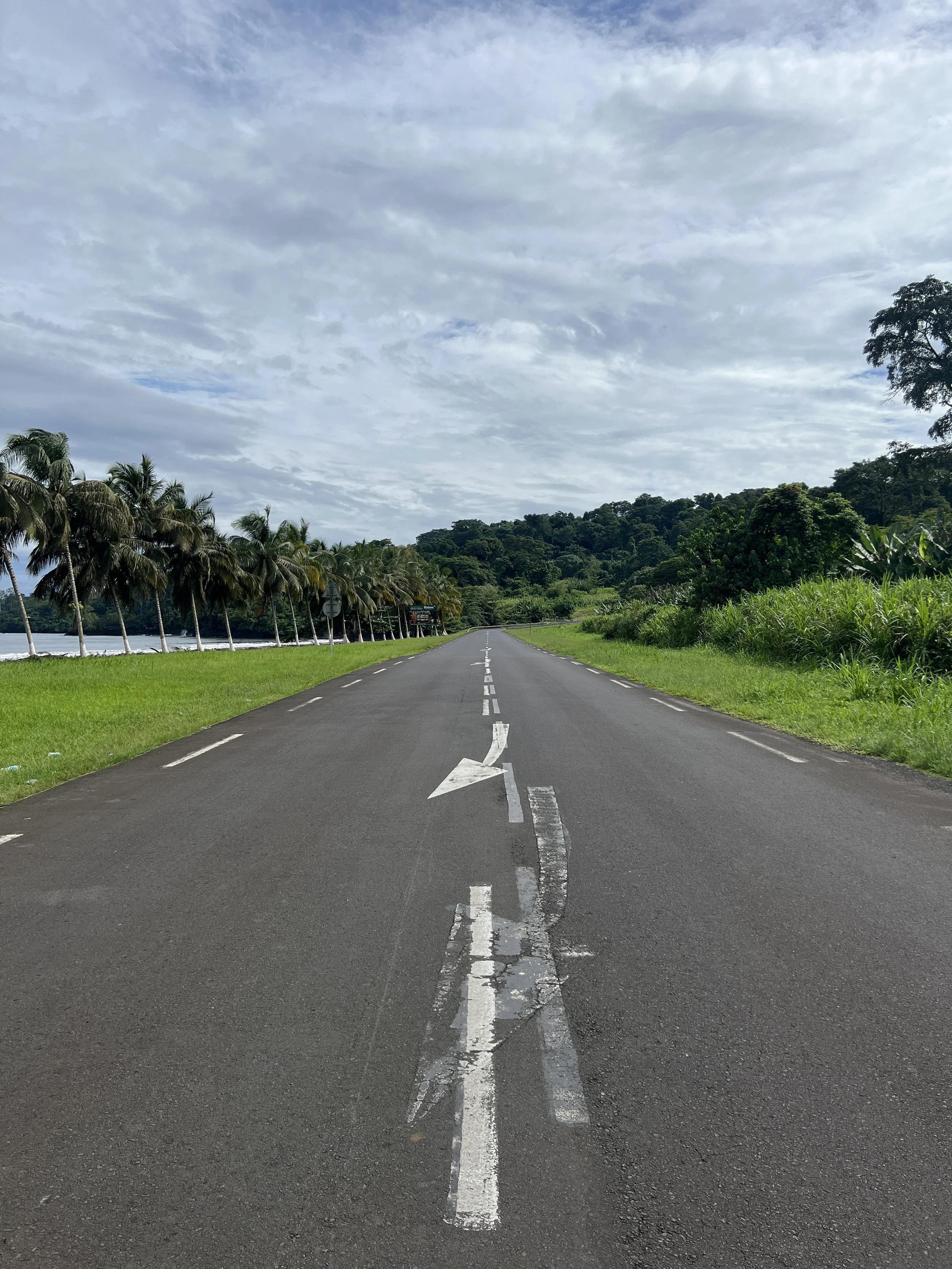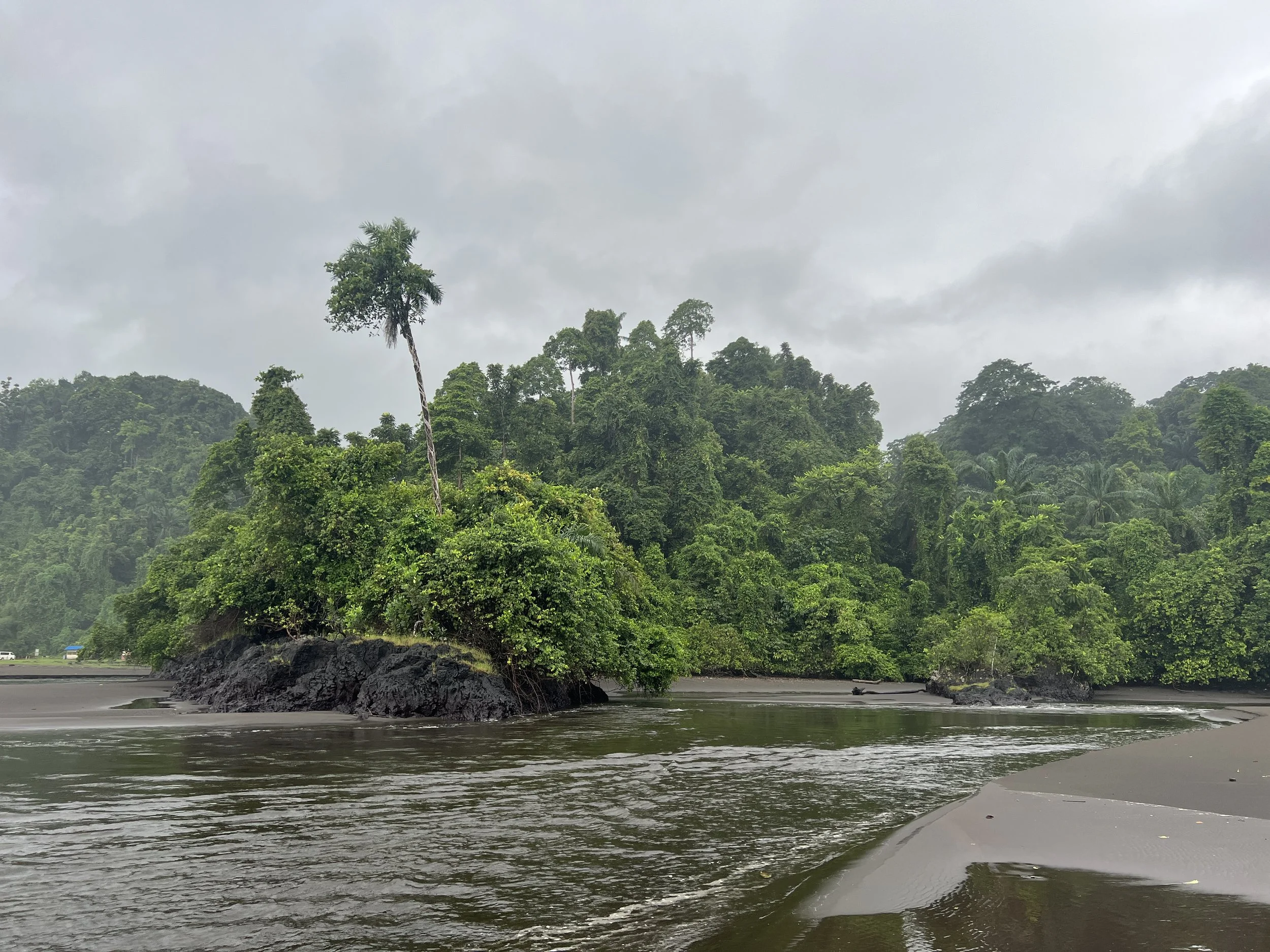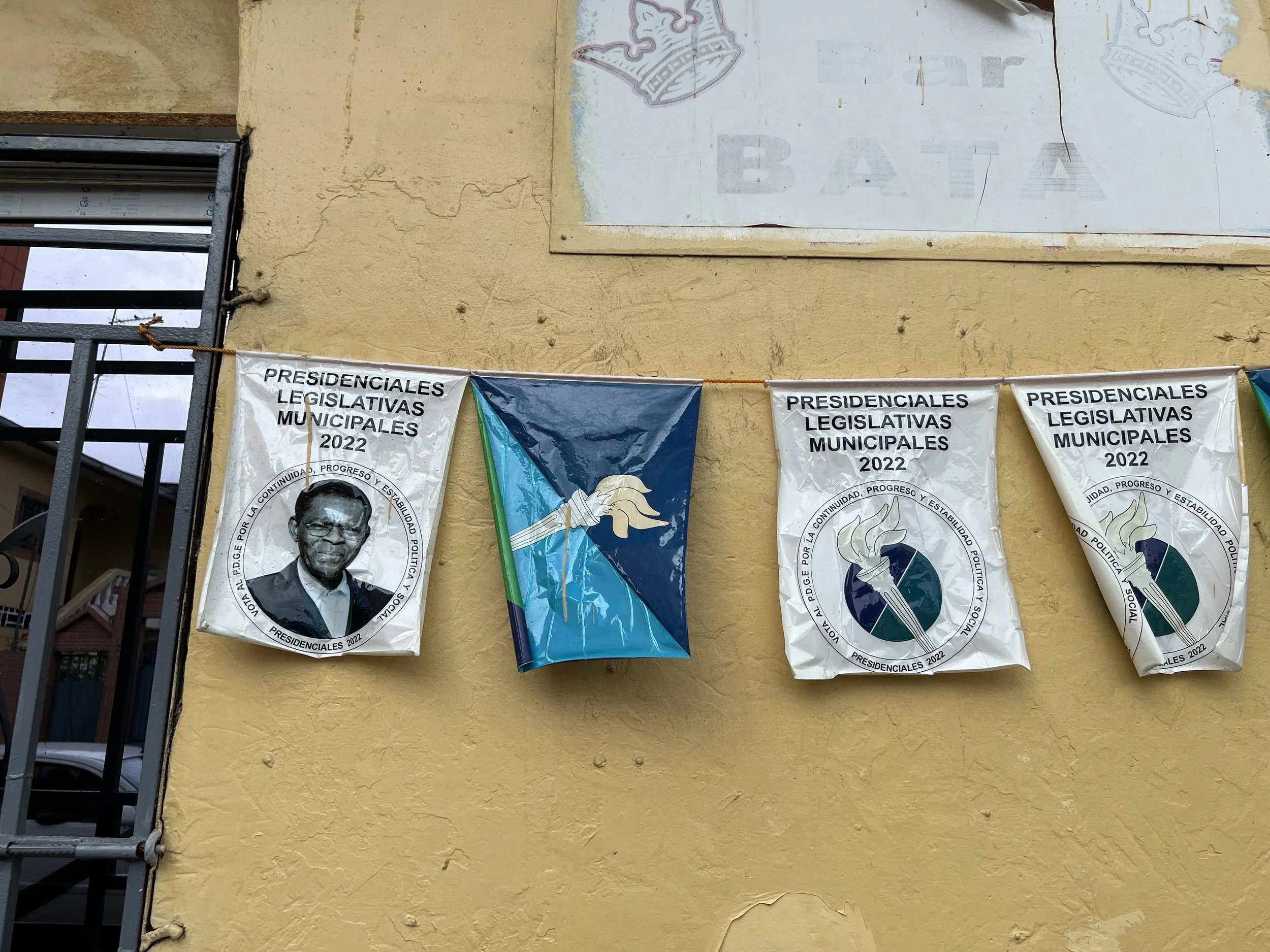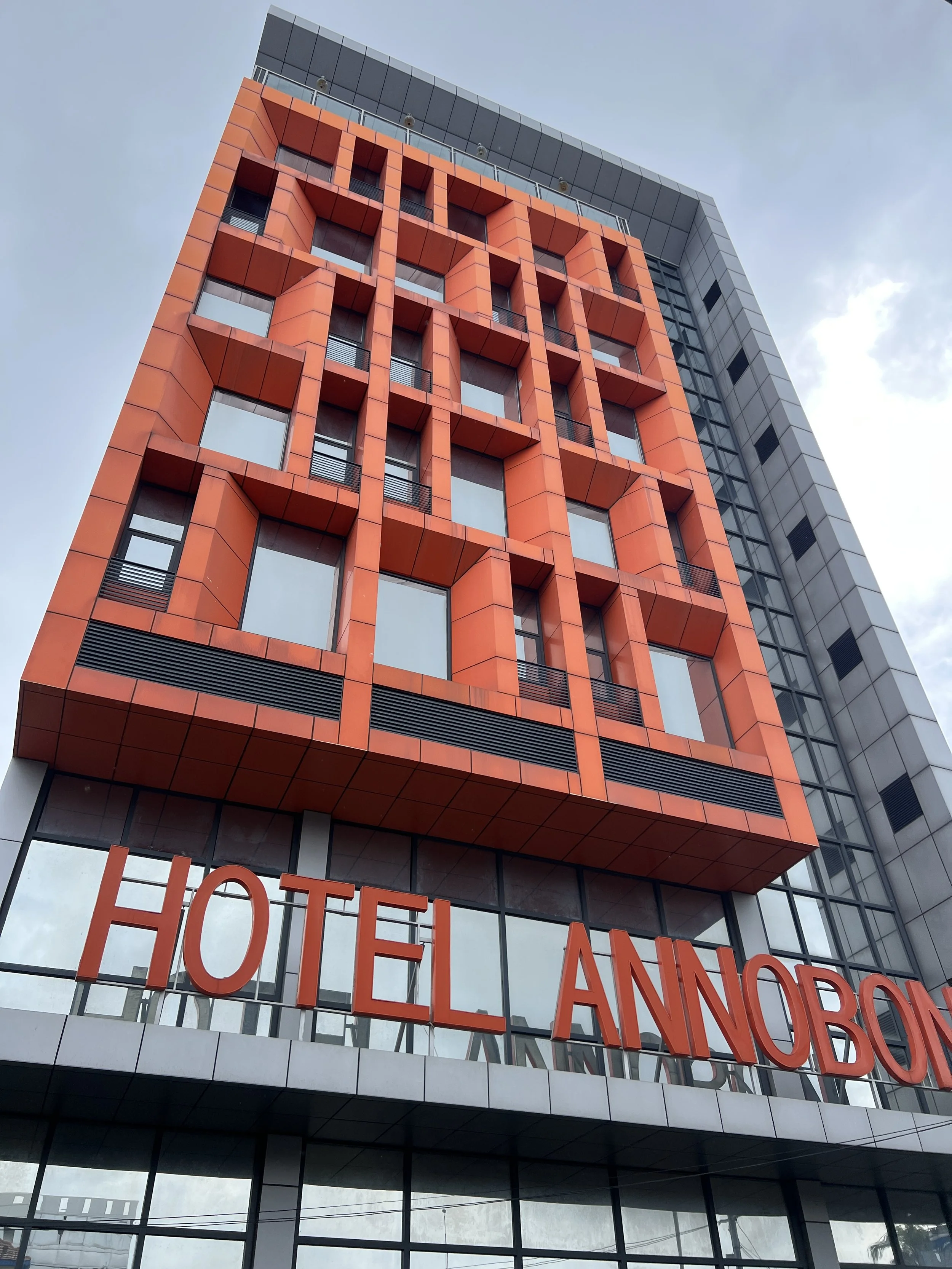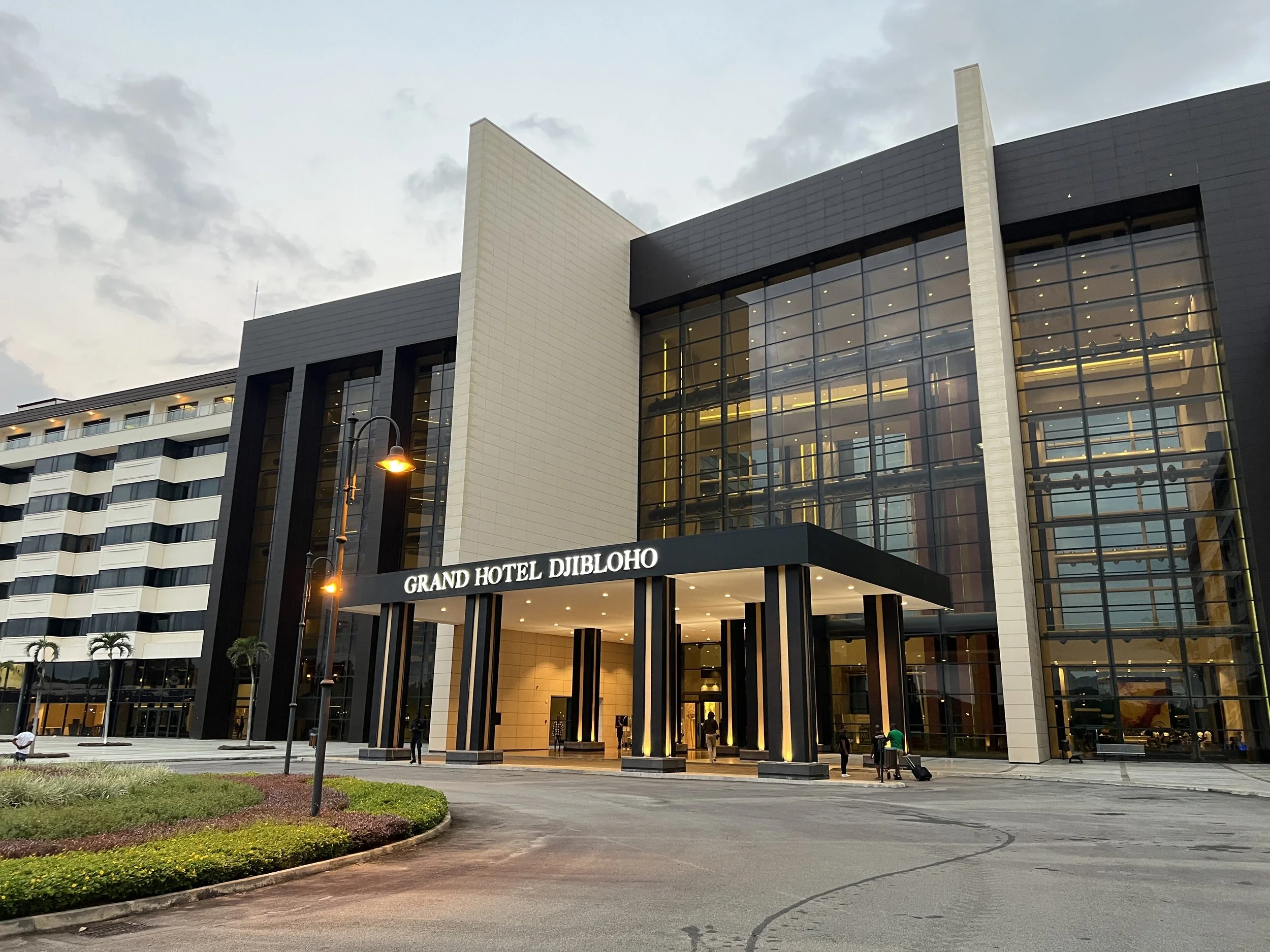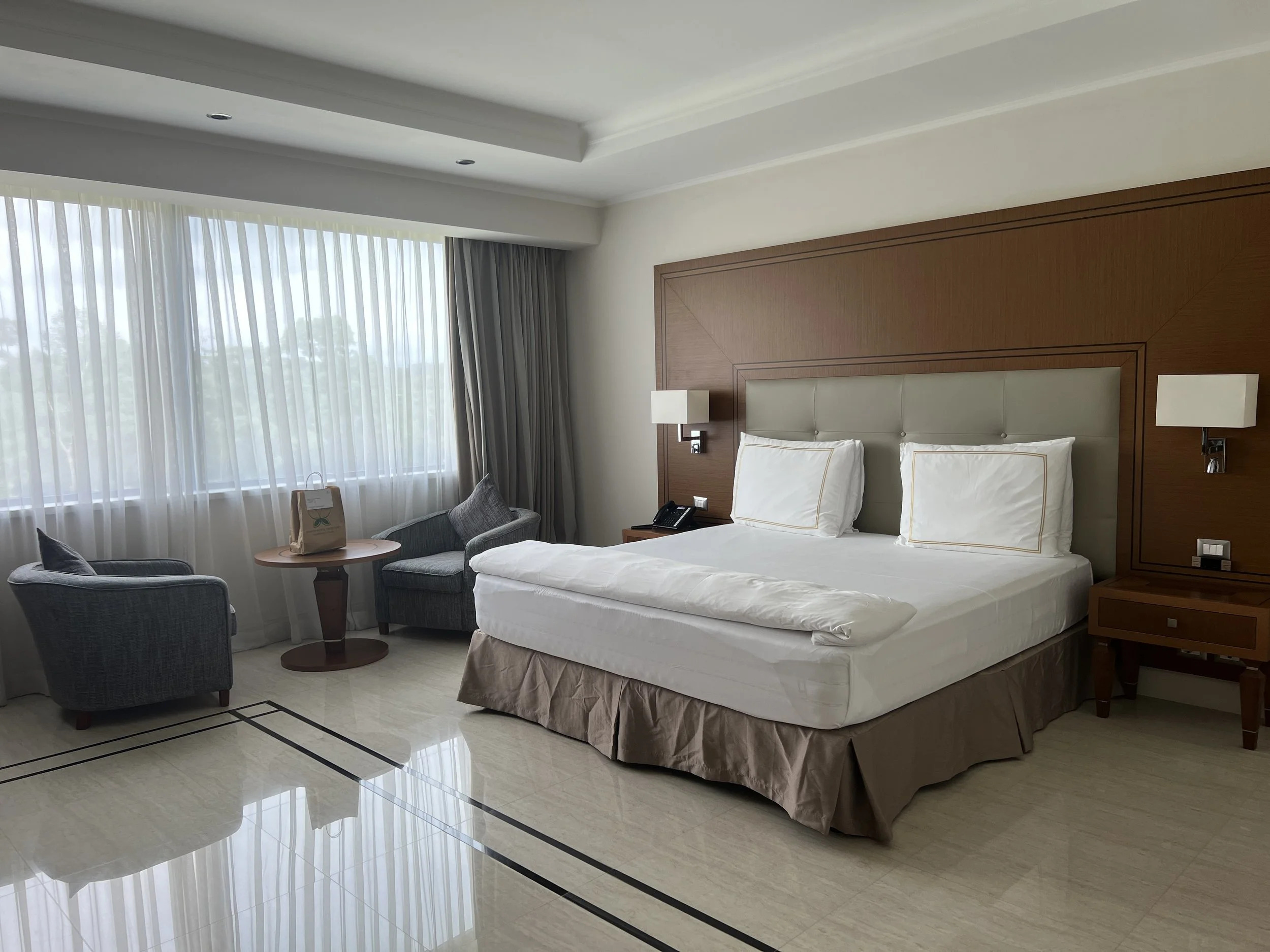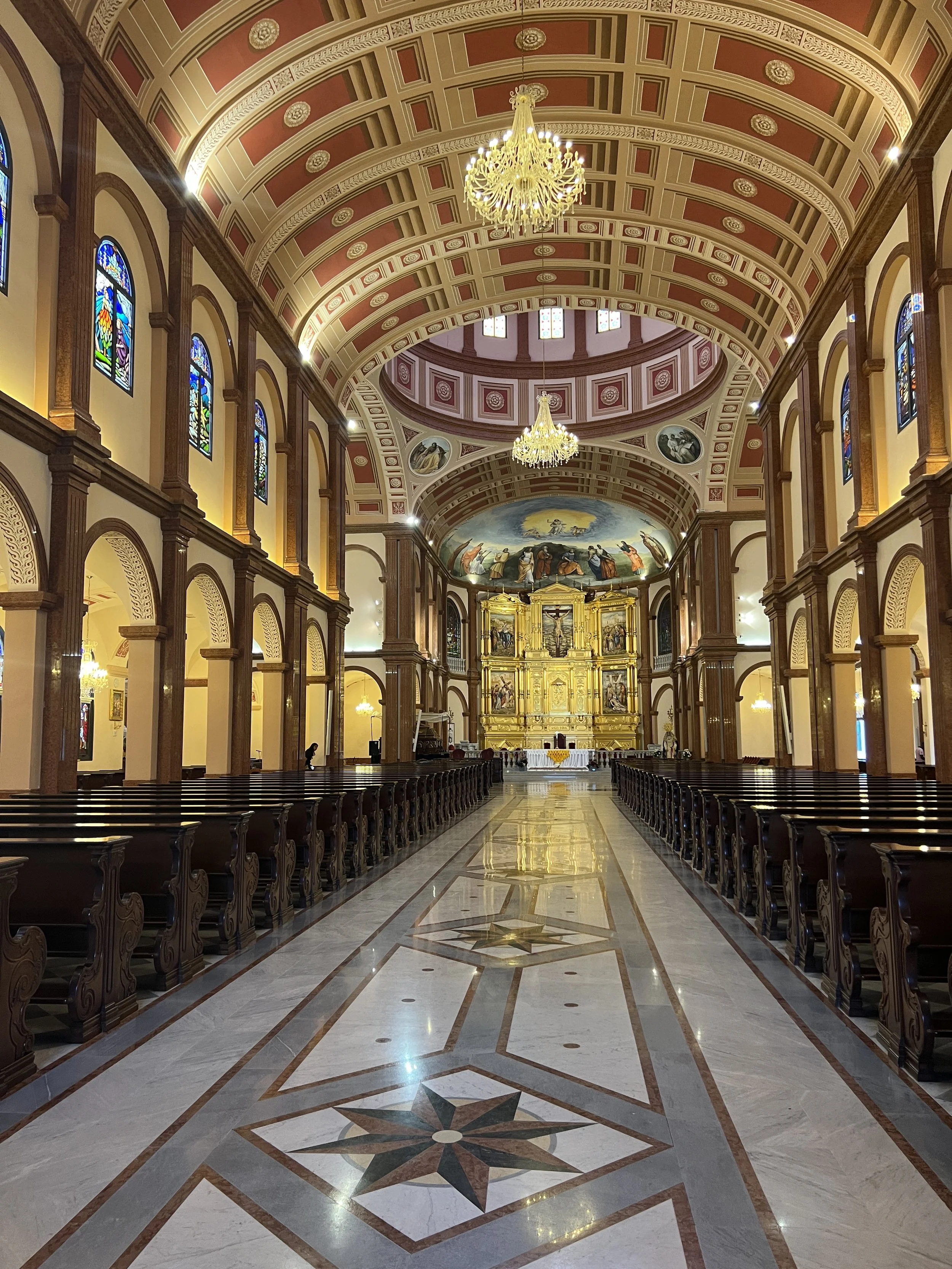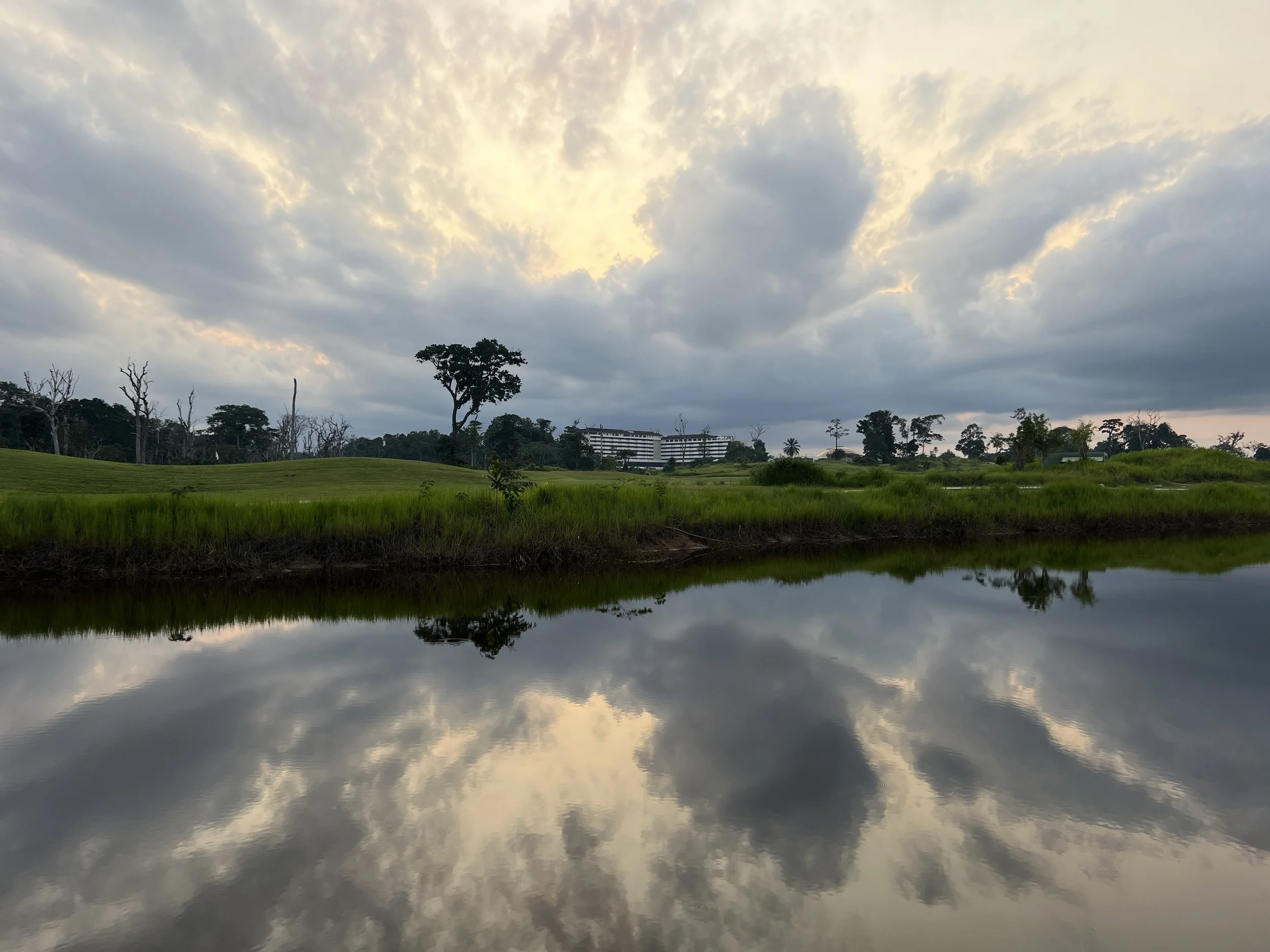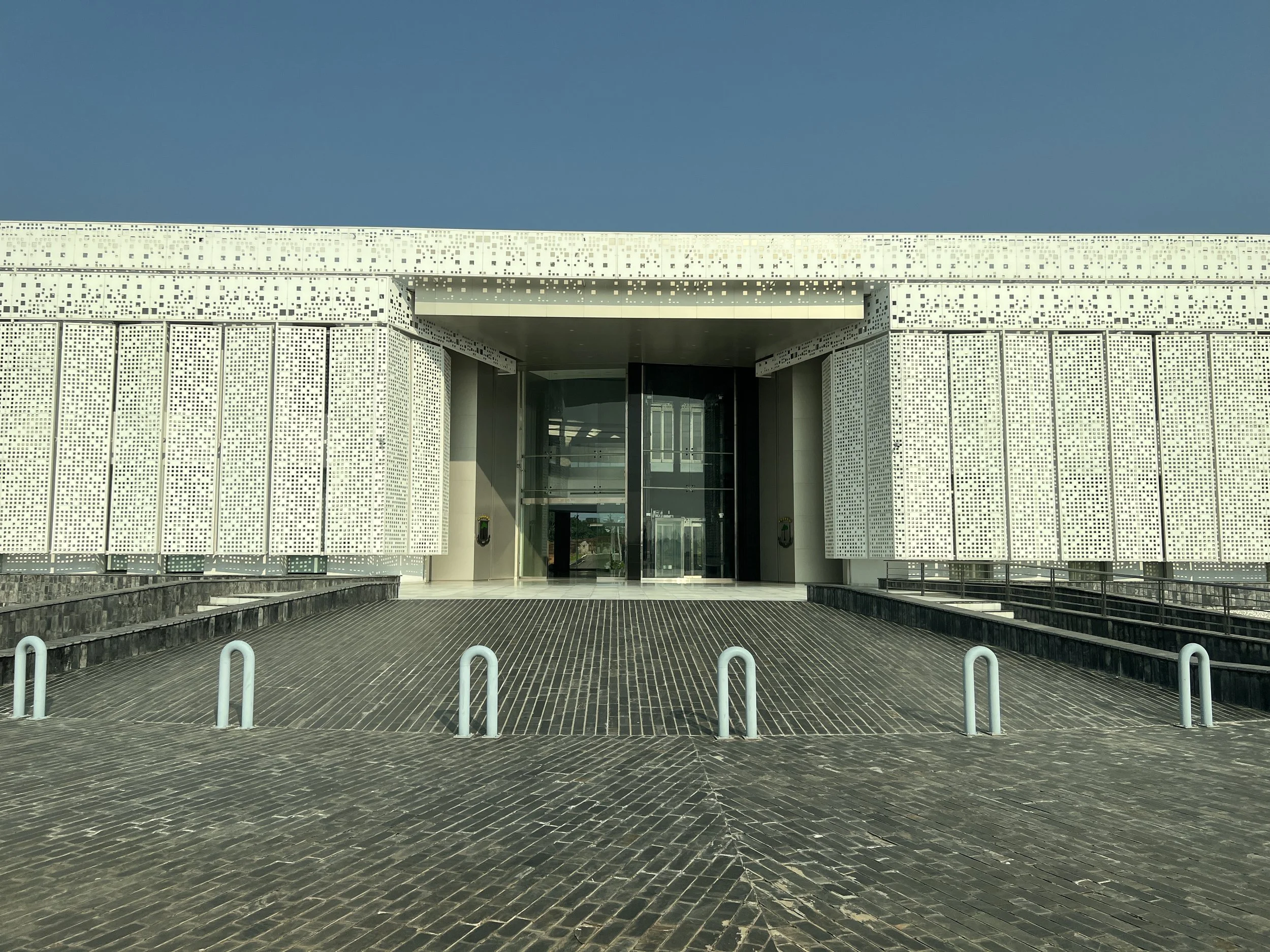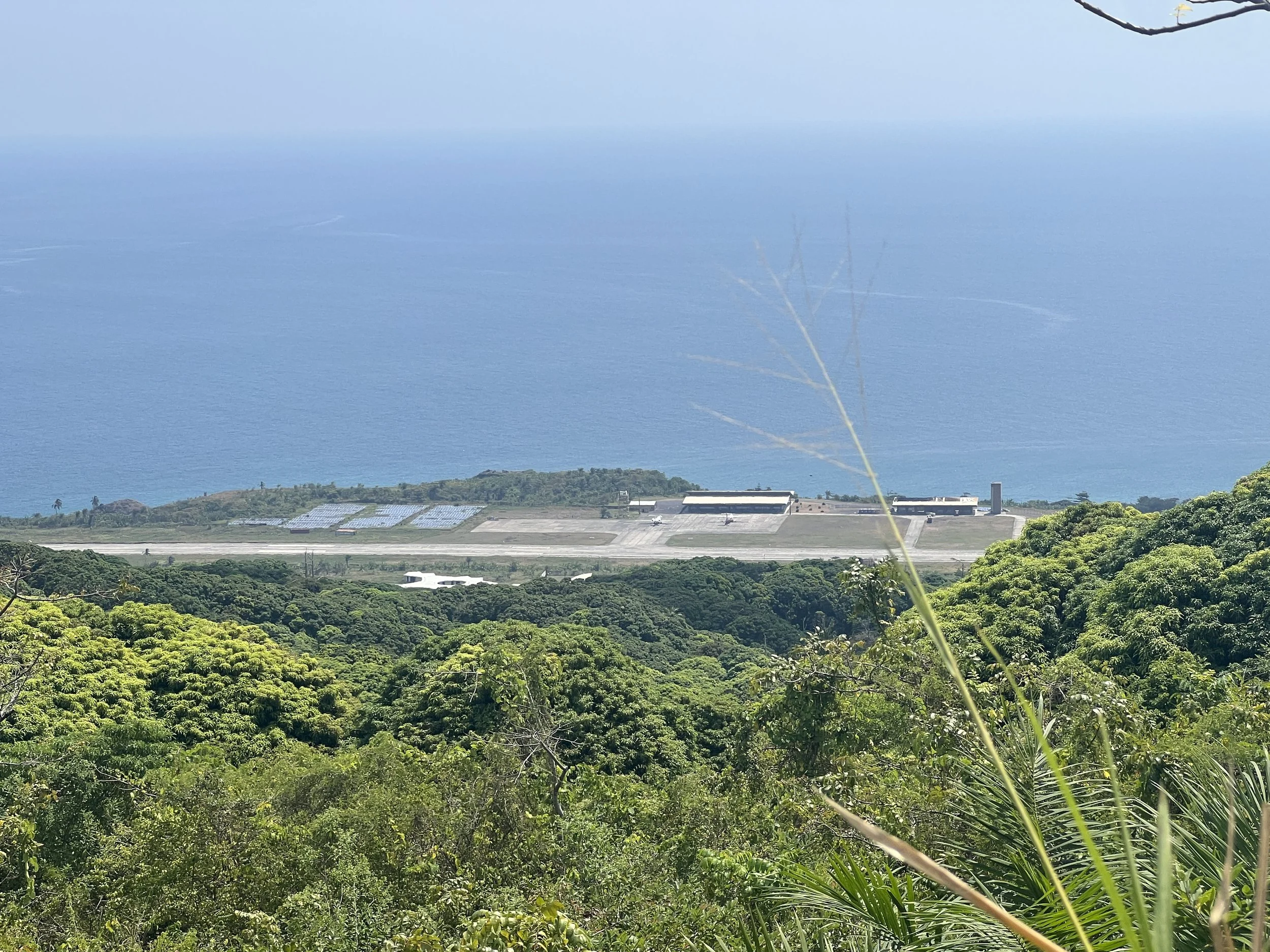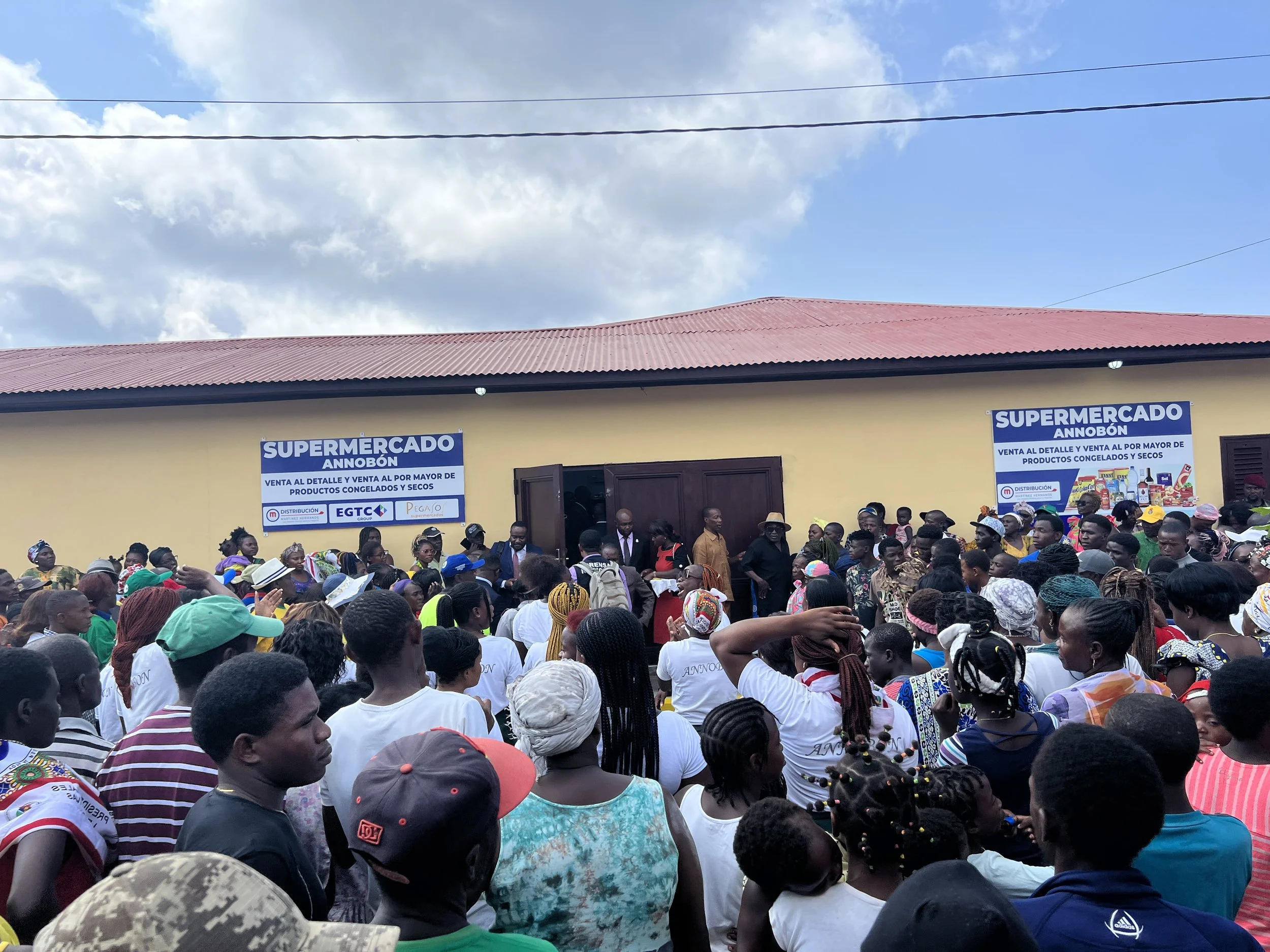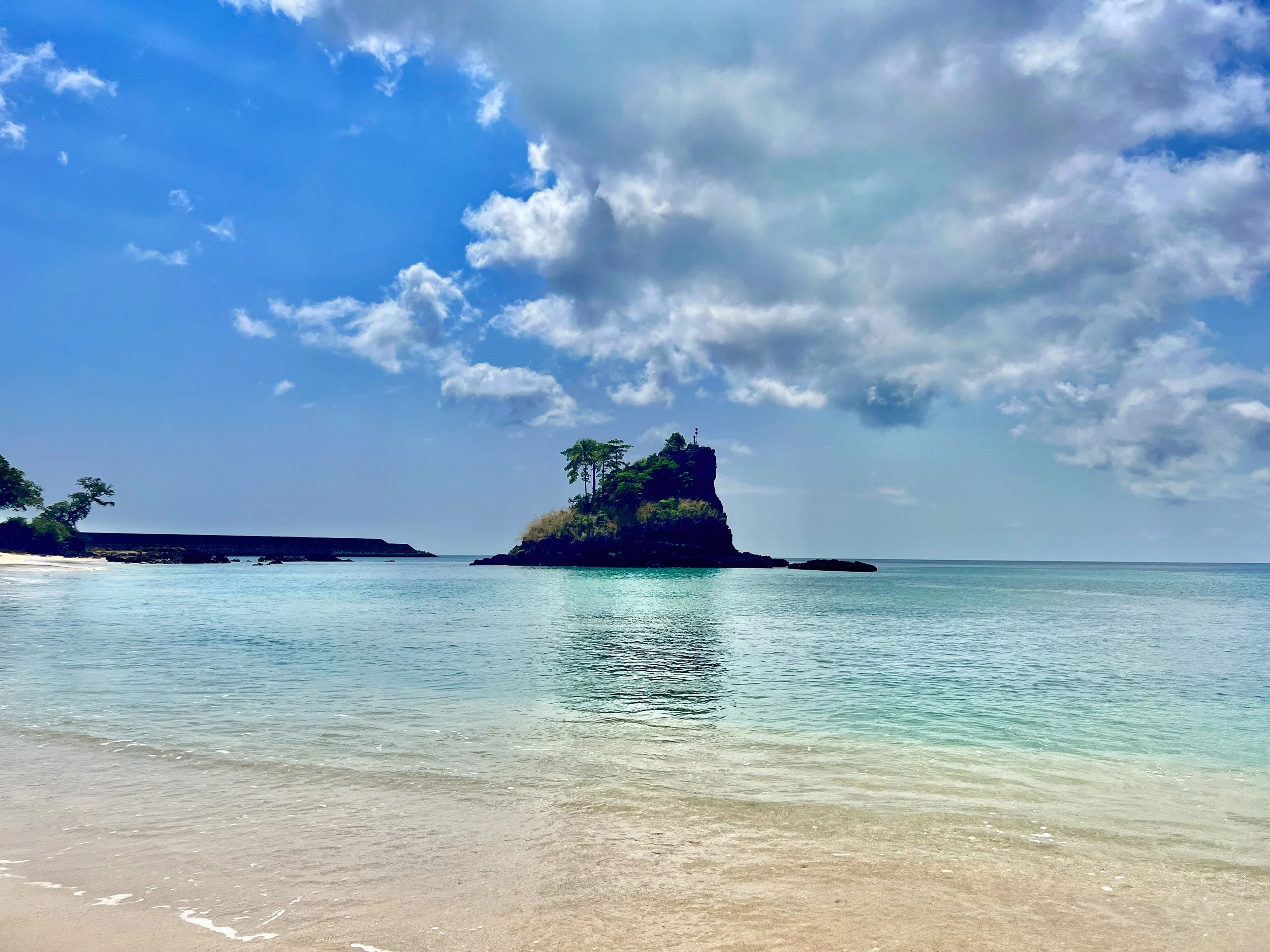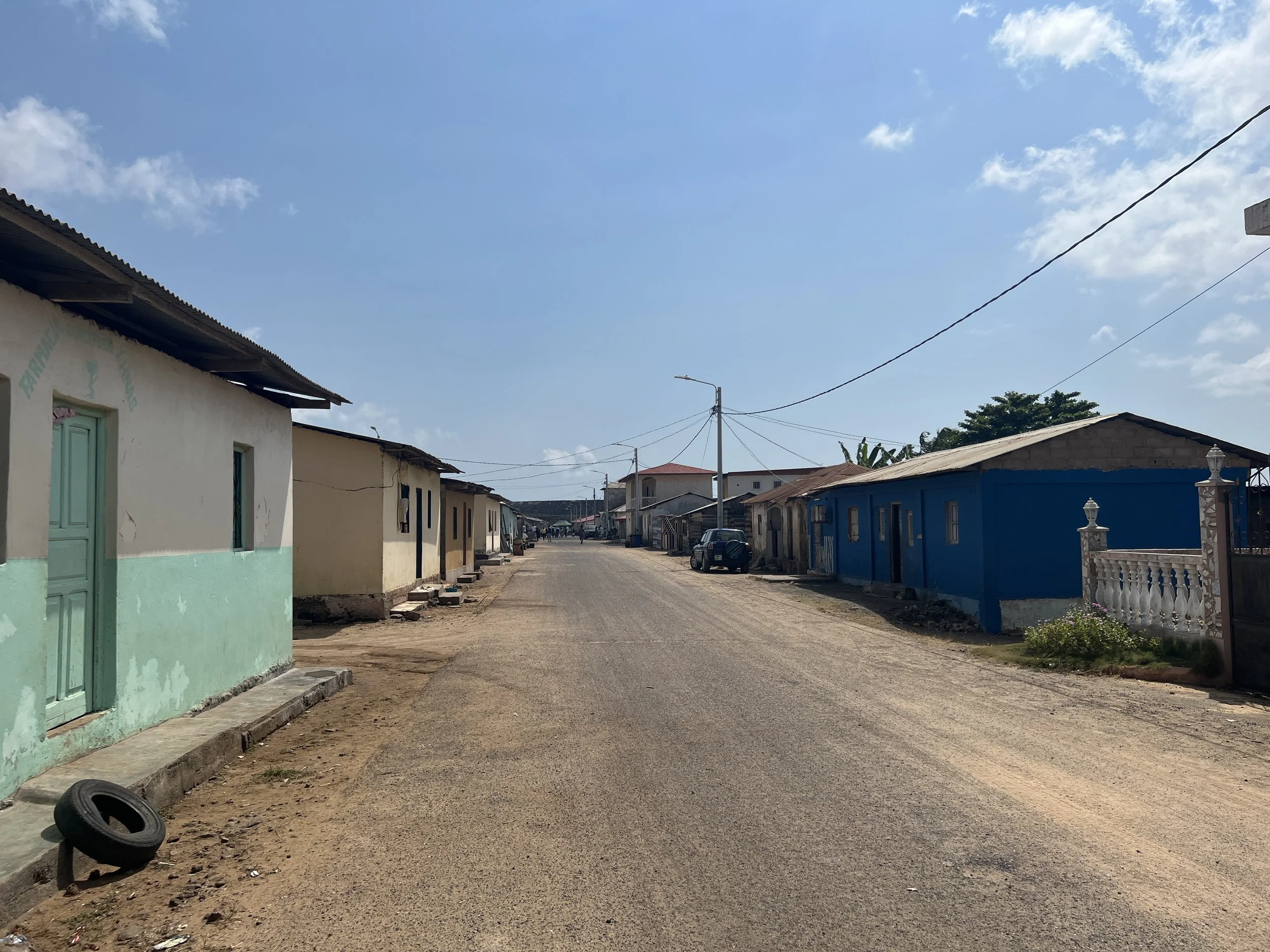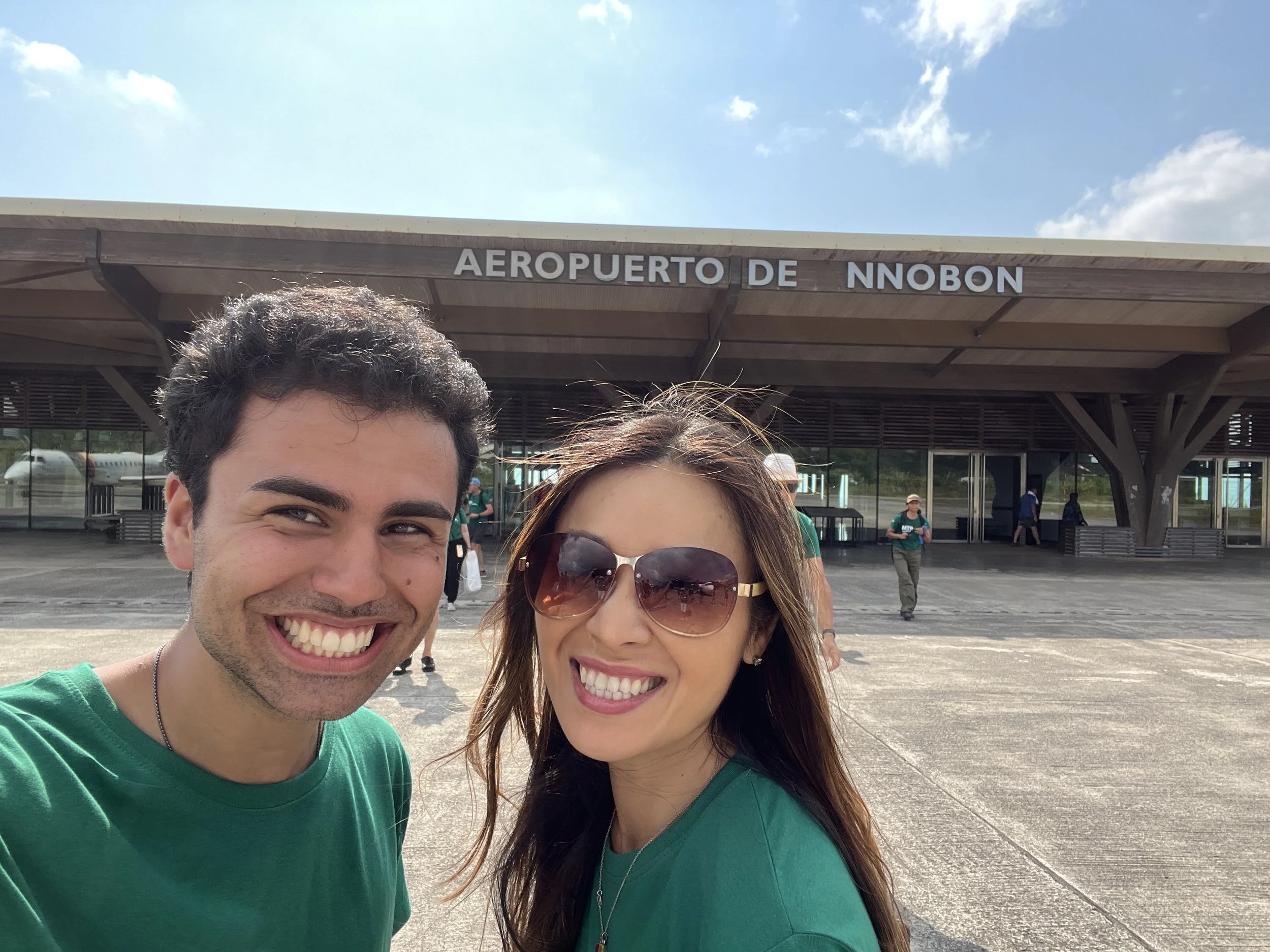Equatorial Guinea
In June, I had the pleasure of visiting the mysterious African nation of Equatorial Guinea as part of the Most Traveled People Summit. Most Traveled People (MTP) is a website put together by the legendary traveler Charles Veley that splits the world into 1500 distinct locations. Conquering the MTP list is designed to give travelers a more in-depth view of the world than just visiting the 193 UN countries provides. It is similar to organizations such as Traveler’s Century Club (TCC) which has 330 locations and NomadMania which has 1301 locations on its main list.
Equatorial Guinea is a unique country in that its capital city, Malabo, is located on an island (Bioko), while the majority of its territory lies on the African mainland (Rio Muni).
The country is also in the process of moving its capital from Bioko Island to Rio Muni in a newly constructed, future capital city called Ciudad de la Paz (city of the peace).
The MTP summit was being held in this newly built capital in the mainland jungle, and I was intrigued to see what this new city would be like and to meet members of the travel community. Attending the conference would also allow me to visit all 3 MTP regions in the country— the capital island of Bioko, the mainland Rio Muni, and the Portuguese speaking island of Annobon. Annobon is notoriously difficult to visit because it doesn’t receive any commercial flights nowadays. It can only be reached by cargo ship, but in the case of the conference, a group charter plane was arranged.
The Visa:
Whilst Americans (alongside Chinese and Turks) have traditionally just sauntered into Equatorial Guinea without the need for a visa, the visa is notoriously difficult to obtain for the many who require one. A European traveler I met told me about how he had to pay over 500 euros for a visa to the country at their consulate in Gabon, and even that was after a lot of hassling.
Thankfully, the conference took care of the visa for all participants. This came in handy since about a month after signing up for the conference it was announced that American and Chinese passport holders would need to get visas.
The hotel in Ciudad de la Paz issued letters of invitation for all conference attendees and we got a boarding authorization paper that allowed us to fly to Equatorial Guinea and get a stamp on arrival.
Journey to Equatorial Guinea:
By the time the MTP summit had been announced I already had booked a trip to Kyrgyzstan, so in the morning I flew from Osh to Istanbul, spent the day in Istanbul, and then began the journey to Equatorial Guinea in the evening.
I got a mobile boarding pass before getting to the airport, so I went straight to the gate. Before boarding the agents checked my visa paper by using Google translate on their phone (the letter was all in Spanish) and sent me on my way after apologizing for the delay. That’s Turkish efficiency!
My route was taking me from Istanbul to Addis Ababa, Ethiopia and then onwards to Malabo on an Ethiopian flight that stops in Douala, Cameroon to pick up + drop off some passengers.
Arrival into Malabo was a bit strange. Right at the immigration door a police officer asked for my visa and took that alongside my passport. Then I went downstairs— sans passport— and met up with a few other conference goers. Eventually, someone who was there to help our group get through the visa process met us, reunited us with our passports, and got us a cab to our hotel.
Malabo:
The first thing I noticed when I came out of Malabo airport was how silent it was. It reminded me a bit of Sulaymaniyah. In the case of both arrivals, I had just come from bustling cities— Istanbul and Baghdad, respectively.
After settling into our rooms in the comfortable Colinas Hotel, a few of us headed downtown to check out the capital. We started by visiting a church and then just walking the streets. Eventually, we made it to a very nice coffee shop called Cafe Malabo that also has free WiFi— a truly rare luxury in Equatorial Guinea.
For dinner, we headed to a rooftop to meet other travelers who were in town a few days early.
The next day, I had arranged to go on a day trip to the Eureka waterfalls with my friend Natalia and a few people we met online through the conference. One of the big pains about Equatorial Guinea is that on top of the visa one requires a special permit to visit most areas outside the capital city, including some nice waterfalls an hour south.
After lots of back and forth with various drivers and guides, we were able to find one who was able to arrange the permits for us. So, the next morning we got in a van and headed down to the southern tip of the island.
The scenery here was absolutely breathtaking. The green vegetation against the beach and the hills really made this one of the most dreamy places I have yet had the pleasure of visiting.
What impressed me equally as much, however, was the quality of the roads. Equatorial Africa is not known for having the best infrastructure, but Equatorial Guinea is an exception. The streets were smooth, center line clearly marked, and we even saw crews cutting the brush on the roadside to make sure the drainage routes were clear. Wow!
Eventually we made it down to Eureka where we made an (unannounced) stop in a local village to get “permission” (translation: pay a small fee) to visit the waterfalls.
Then we were off for a long walk down the beach. Along the way, we got to see many beautiful waterfalls and just take in the scenery and fresh air. This really was magical.
The walk back to the car was a bit more adventurous than we originally bargained for since the tide came in.
Then next day, we were supposed to do a drive around some other parts of the island that don’t require a permit, but sadly that didn’t go to plan. After getting in the car and driving to the first town we were supposed to visit, our driver failed to engage his parking break and decided to park on the downward slope of a hill despite the fact there was a parking lot mere meters away.
The car’s simple brake soon gave in, and the car rolled down the hill, eventually hitting a nearby house. Thankfully, nothing besides the car was injured. But of course, our tour did not continue as planned, so we headed back to our hotel before a special dinner.
Few people have been to every country in the world, and even fewer— 4, I believe— have been to all of them twice. Harry Mitsidis, the founder of Nomad Mania, a large travel community that keeps a list of 1301 regions to visit in the world and coordinates some tours / events around the world, was celebrating having accomplished this impressive feat! Big honor for me to meet him.
Rio Muni:
The next morning, we were off from Malabo airport to Bata, the only airport with commercial service on Rio Muni. Malabo airport is newly built with 6 jet bridges able to get passengers in and out of the country with ease. However, despite its impressive size relative to the number of flights to the city, it is the only airport I have been in without a single way to purchase water or snacks. Even in the Marshall Islands and Kars there was a small kiosk.
Upon arrival in Bata airport (the old terminal, though a new one with multiply jet bridges is nearing completion), we were shuttled two hours to Hotel Djibloho in Ciudad de la Paz, our home for the next few days.
Our drive to the hotel was primarily on a newly built four lane highway As our caravan of conference-goers ripped down the road, the only other vehicles we saw were Chinese-driven trucks hauling materials.
We received a warm welcome at the hotel, and went to our rooms to settle in. We were instructed to go to the front desk to pick up a WiFi code— turns out a hotel that calls itself 5 star in 2023 still charges for WiFi and we were only getting it for free because of the conference. Lunacy.
Many of us then headed out on a small tour. We first visited what will be the new Presidential Palace and did a short jungle walk in the forest behind it. The drive there also afforded us views of the many buildings going up in the city. Most had Chinese signs outside, showing who was doing the heavy lifting here.
We then briefly stopped by a village and then headed to a very impressive church in the president’s hometown. We ended the veening with the conference’s welcome dinner and a performance by a lip syncing (and not well) rapper.
The following morning a few of us arranged for a tour of the presidential suite. Whilst the president of the country has come to this suite many times for meetings, it turns out he has never spent the night here.
That evening I also got the chance to meet two of the most traveled people in the world: Bob Bonifas and Don Parrish. I have known about these two gentleman since I first became interested in the Travelers Century Club as a high schooler, so meeting them in person was truly nothing short of an honor.
The next couple days were spent listening to lectures by various travelers. Some were far more interesting than others. I especially enjoyed Michael Runkel’s presentation on taking excellent photos while traveling, Bjoern Braunstein’s presentation on weightless flight, and Kolja Spori’s presentation on how to present yourself while traveling.
One evening my dear friend Natalia and I got a golf cart and rode around the hotel grounds a bit. We first went through the golf course and then took a look at the villas (there’s one for every African head of state, with a flag pole in front to fly the national cloth when they visit). We then took a look at the hotel’s helipad.
Annobon:
On the last full day, the conference split into a few groups: some took a trip to a nature reserve, others stayed to relax at the hotel, and around 60 of us headed to the mysterious Annobon Island.
Annobon is Eqautorial Guinea third main “part” (and one of the three MTP regions in the country). It is located south of Sao Tome and Principe (whilst Bioko Island is located north of Sao Tome and Principe), and its inhabitants speak a Portuguese Creole rather than Spanish.
The Annobon trip was a very special part of this conference for many because the island is notoriously inaccessible, receiving no commercial air service currently. Since we had a large group, the conference was able to charter a plane to get us to Annobon and back for an epic day trip.
In order to get to Annobon we went to Moongomeyen (GEM) airport, which is not far from Ciudad de la Paz. This airport was similar to Bata in that there was a new terminal— with four jetbridges— simply untouched. This airport also had a VIP terminal which is likely used for government workers coming to the area.
Upon arrival in Annobon we hiked up towards a lake. Then, we visited the beach and the island’s main town. We landed on a special day because this day marked the opening of the island’s first grocery store. Before heading back to the plane I walked a bit more and came across the bank.
All in all, I quite enjoyed my time in Equatorial Guinea. The impressive infrastructure was there, but dysfunction remains up until the last moment I left. The check in line for about 20 people took over 90 minutes and there were no fewer than 15 workers standing at the desk when we were about to board.
I am not sure whether I will return, but I am grateful to have met so many fellow travelers (most leaps and bounds ahead of me) in the most unique of locations.
Equatorial Guinea is UN Country 82/193. Bioko Island marked TCC Region 99/330 for me, and the mainland marked TCC Region 100/330 for me. TCC full membership is conferred after visiting 100 TCC regions, making this an exceptionally special trip for me.

